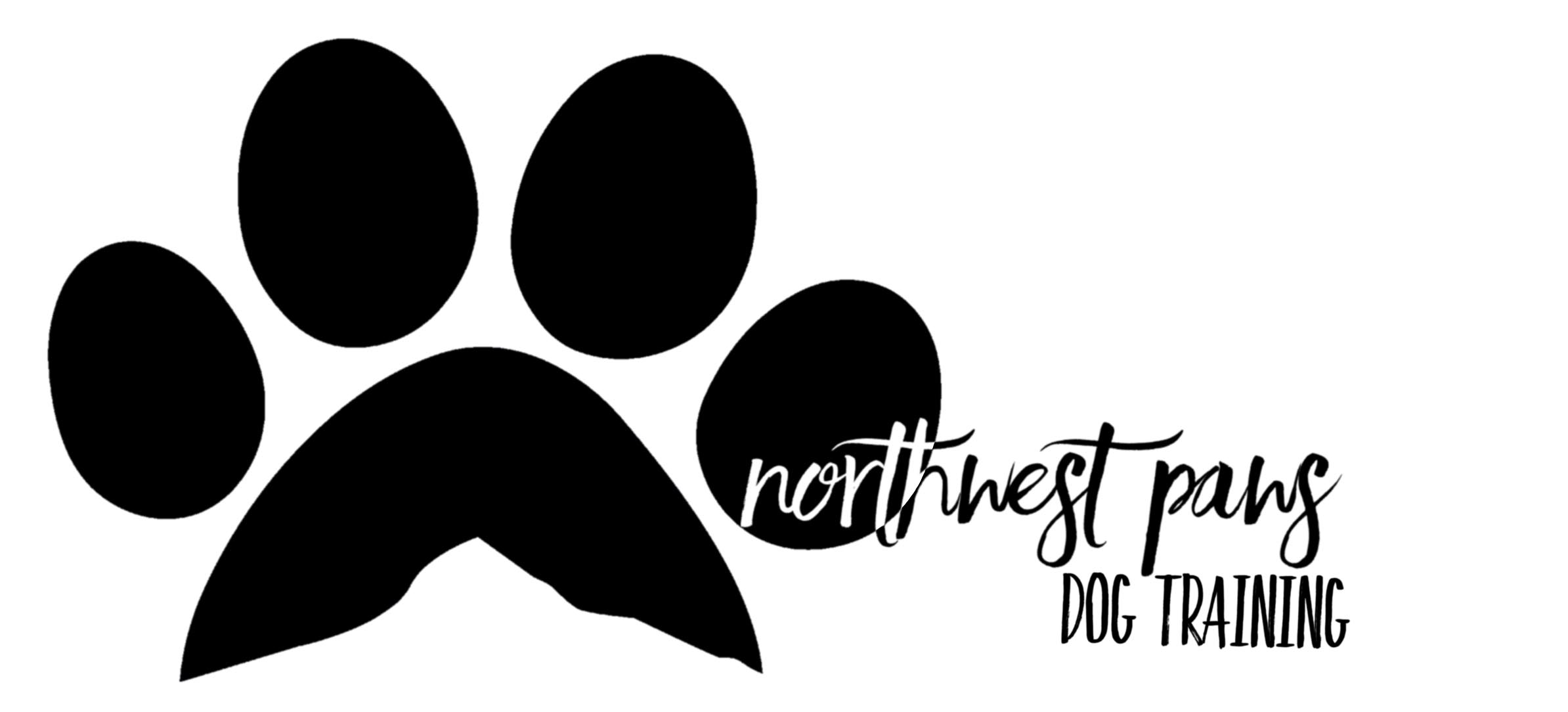Have you ever heard someone say “my dog needs to be socialized more,” or “that dog wasn’t socialized,” or some other similar phrase. Do you know what that means? Do you think the person who said it knows what it means? Maybe. Maybe not.
I did a quick poll on my Facebook page asking if socialization was “exposure to all things” or if it was “hanging with other dogs.” The smarties that voted picked “exposure to all things.” They were right… ish. It was a trick question, though.
There is much more to socializing your puppy in an effective manner than showing them all the things. In fact, so much so that I think “socialization” completely misrepresents what it is we are even talking about.
Goals of Puppy Socialization
In order to figure out what puppy (or dog) socialization is, let’s talk about what your goals for socializing your dog are first. Some common ones are:
- Make sure they get along with other dogs. This is the most common thing that I think people associate with the word socialization. It makes sense. Your dog is socializing with (hanging out with, interacting with) other dogs, and you want it to be a good thing. Best case scenario: maybe they can be the kind of dog who enjoys the dog park!
- Make sure your dog is friendly to humans. When we got our youngest dog, Faedra, this was high on my list. She is an Australian Cattle Dog, and they have a bit of a reputation for not being accepting of people other than their owner. No one wants to worry about their dog getting grumpy with other humans. I know I didn’t!
- Make sure your dog can handle all kinds of public situations. This might not be on everyone’s list, but maybe it should be. You want your dog to be okay when you take them to a training class, when you take them camping in a campground, or when you walk through a crowd of people.
- Make sure your dog is a resilient as possible. Was that on your list?? This should actually be your number one, most important, top priority for socialization. You probably can’t actually “socialize” your puppy to every conceivable situation or object. No matter how long of a list you wrote, you’d forget something. But if your dog is comfortable “going with the flow” when things aren’t the norm, whether it is a person with a weird outfit, walking on a funky surface, or a odd-ball object that shows up on a walk, they are going to be so much more resilient. And that is your #1 goal.
Okay, now we have a list of goals. Now, let’s talk about it a little more about how you create that resiliency in your dog. Remember, your #1 most important goal is that they are better able to just go with it, whatever “it” might be.
Where the Rubber Meets the Socialization Road
A socialization checklist is pretty common to work through with a young puppy to make sure they get exposed to as many situations as possible. You’ll find a well-accepted one here.
But this is where the rubber meets the road. Let’s say that “a person wearing a hat and sunglasses” is on the list. So, you have friend put on this costume and walk into your house. Can we check that off the list? Nope.
Socialization is not about just showing the puppy something, It’s about them having a new experience and enjoying it – or at least feeling neutral about it. If you friend’s costume scares your puppy and she pees her pants, she has not been socialized. Instead, she’s told you she’s got something she needs you to help her get more comfortable with.
Break down socialization experiences into steps that don’t let your puppy get to the point that he is scared. Stay far enough away that the experience doesn’t overwhelm him, and let him set the pace for how quickly he can get comfortable or how much help he needs.
If you find yourself with a dog of any age who is scared of new experiences and is not progressing past that with some treats and patience, get the help of a trainer. They can help you figure out how to best move forward.
A Note About Age
Finally, age plays a HUGE factor in socialization. Puppies are so open to new experiences that they can find their confidence very quickly. You do have to worry about some fear periods they go through where everything gets scary again; be prepared to re-introduce them to some things you thought they were good with.
Older dogs are much more set in their ways. They have experiences that have taught them what is a good thing and what is a bad thing. For them, socialization is a slower, more methodical process. In fact, it often more closely resembles identifying things that they are worried about (and impact their quality of life) and carefully conditioning a new emotional response to those things.
Clowns and Individual Dogs

Finally, dogs are individuals. If your dog is terrified of clowns and you have no luck in getting her more comfortable, do a little assessment. How necessary is it that your dog be cool with clowns? Maybe that’s not where you spend your training time, because you can protect her from clowns and she can still live a long, happy life.
Now I just need to find someone to protect me from clowns…


Hmm, socialize with a person wearing sunglasses and a hat? I guess I know who that was ! Good article!